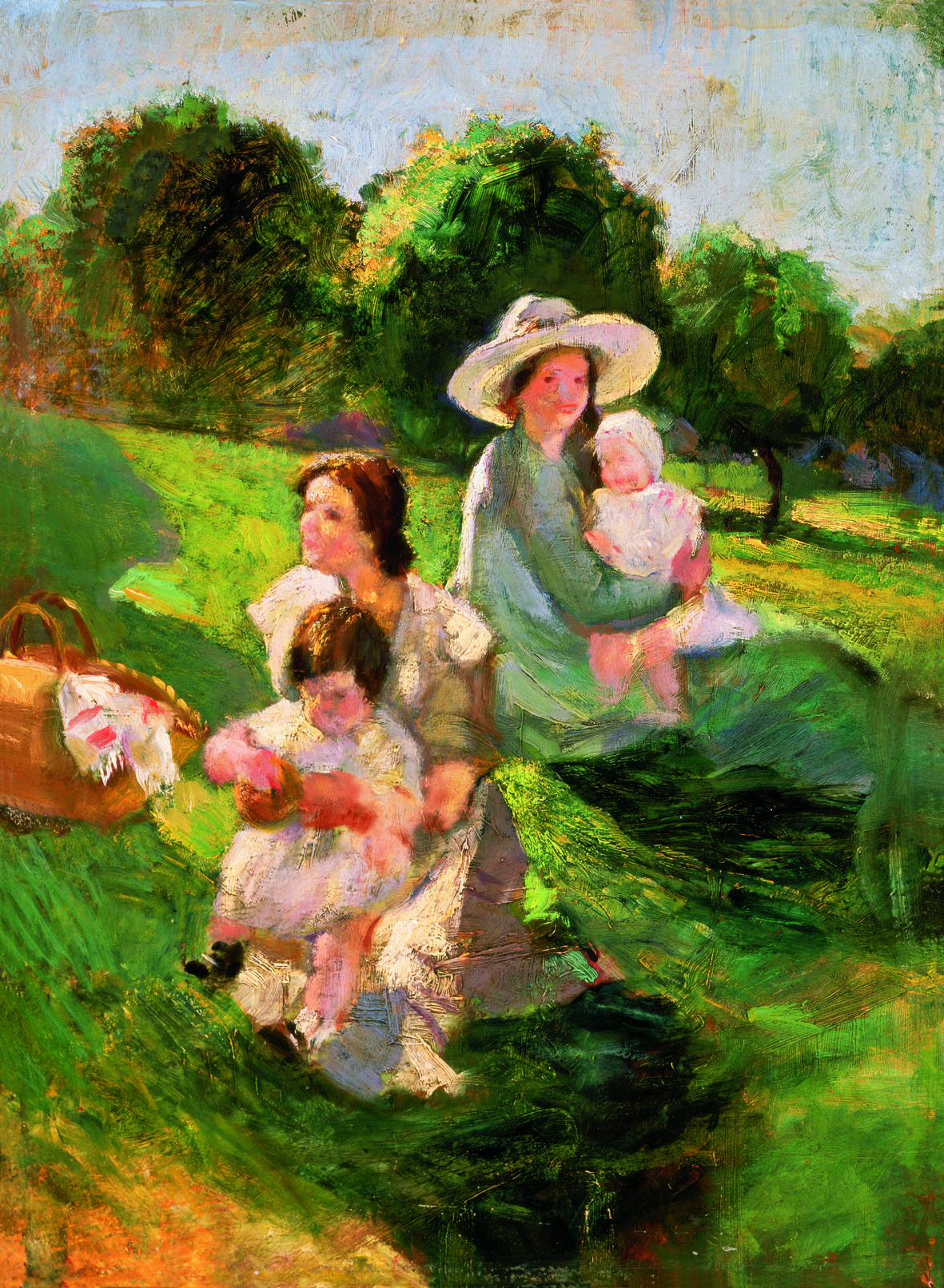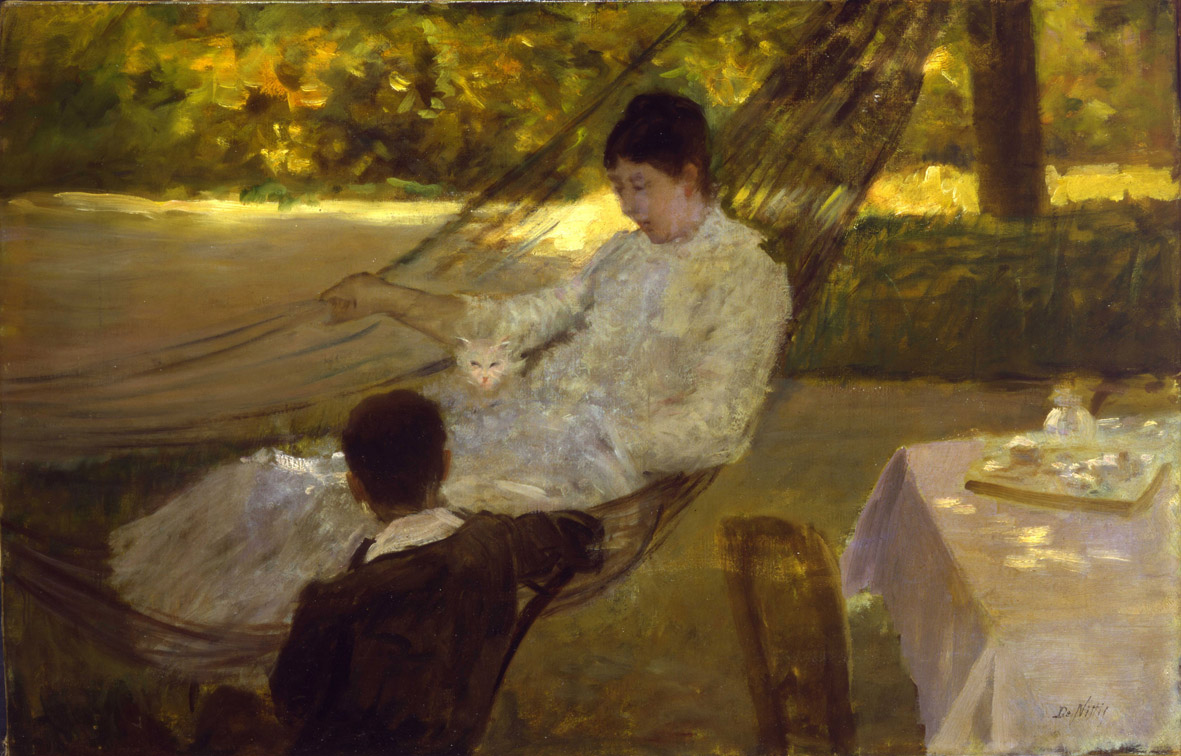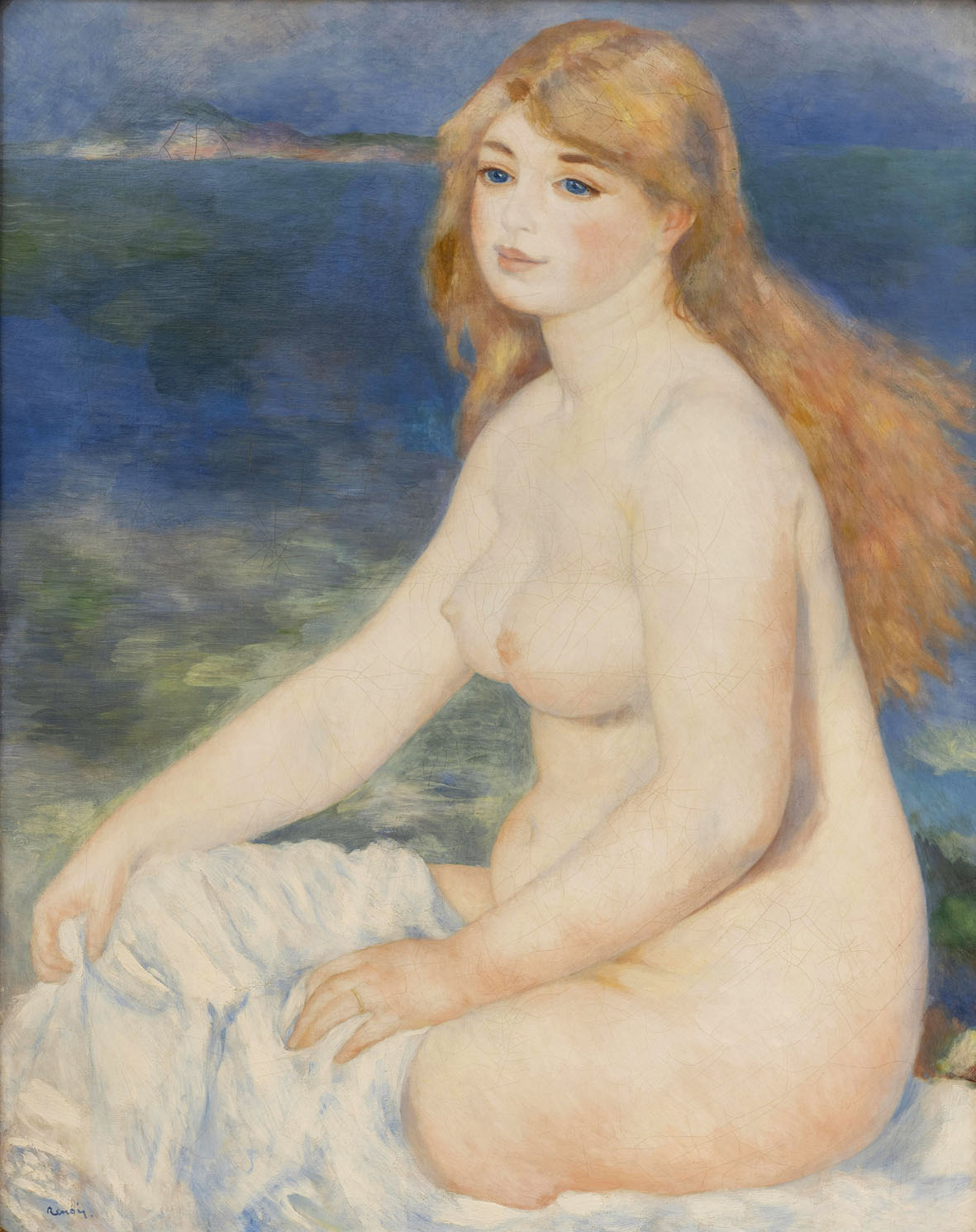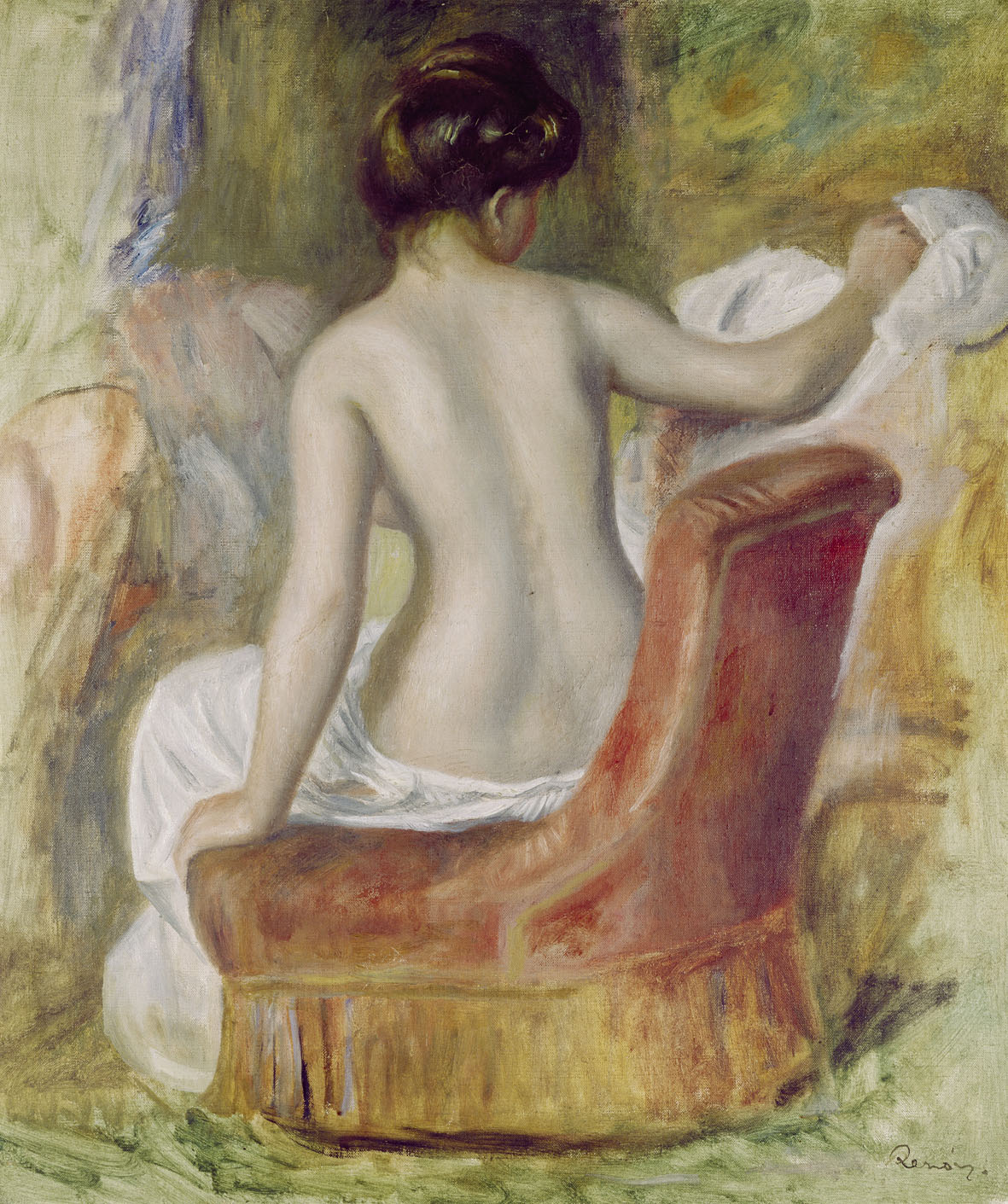From tomorrow, Saturday 25 February, until 25 June, the exhibition Renoir. The dawn of a new classicism will recount the dazzling encounter between Italy and the master of Impressionism, whose painting was profoundly renewed by this experience. Visitors to Palazzo Roverella will have the opportunity to admire 47 works by the painter that have come to Rovigo from Italian and international collections, in comparison with the giants of the past who inspired him – Carpaccio, Tiziano, Romanino, Rubens, Tiepolo, Ingres, among others – as well as contemporaries like Boldini, De Nittis, Zandomeneghi – the so-called Italians from Paris – and artists of successive generations (De Chirico, De Pisis, Carrà…), to be discovered in tantalizing parallels.
Dulcis in fundo, a cinematographic gem signed by Jean Renoir, son of the painter and famous director: in a 1936 film, the rare A trip to the countryside, Jean paid homage to his father by evoking the scenes and atmospheres of his paintings in elegant shots. In the last room of the exhibition it will be possible to admire some significant excerpts from the original version of the film in a restored version, with Italian subtitles.
Pierre-Auguste Renoir, Nu au fauteuil, 1900 | Courtesy Kunsthaus, Zurich
At Palazzo Roverella we will discover a different Renoir than usual, far from the impressionist season with which we are used to associating him: a monumental, sumptuous and calm Renoir at the same time, “modernly classic” even if in his own way. As often happens, it all started with a crisis. At the age of forty, the great painter decided that Impressionism had had his day. In search of new paths, he decided to look back to the great Italian art. And for his painting it was a revolution. Retracing the stages of the master’s Grand Tour in parallel with his artistic evolution, the exhibition will recount its crisis and rebirth, investigating its surprising consequences.

Armando Spadini, The family at Villa Borghese, 1912-1913, Banco BPM Collection | © Stock Photo Bank BPM
“By merging the lesson of Raphael and that of Jean-Auguste Dominique Ingres, Renoir recovers a clear drawing and an attention to the volumes and monumentality of the figures”, explains the curator Bolpagni. Distancing himself from Impressionism with a choice against the tide, Renoir pursues – clearly ahead of his time – that “modern classicism” which would have been the goal of painters and sculptors at least thirty years later.

Giuseppe De Nittis, The hammock, 1884 | Courtesy Frugone Collection, Genoa
“Painting in a powerful neo-Renaissance style – the curator Bolpagni continues – where the warm and sparkling tones borrowed from the late Titian and Rubens, as well as from the eighteenth-century Fragonard and Watteau, were combined with references to a mythical and classical iconography , Renoir anticipated the return to order” of the 1920s and 1930s: “An aspect of his production that has not been sufficiently focused: what superficially appeared as an involution was actually a premonition of much of the painting that would develop between the two wars”.

Pierre-Auguste Renoir, The blonde batheuse, 1882 | Courtesy Agnelli Art Gallery, Turin
Read also:
• Ten (and more) exhibitions not to be missed in Europe in 2023
• On the French Riviera with Monet: a major exhibition celebrates the painter of light
• Degas and graphics, a story to discover in Naples
